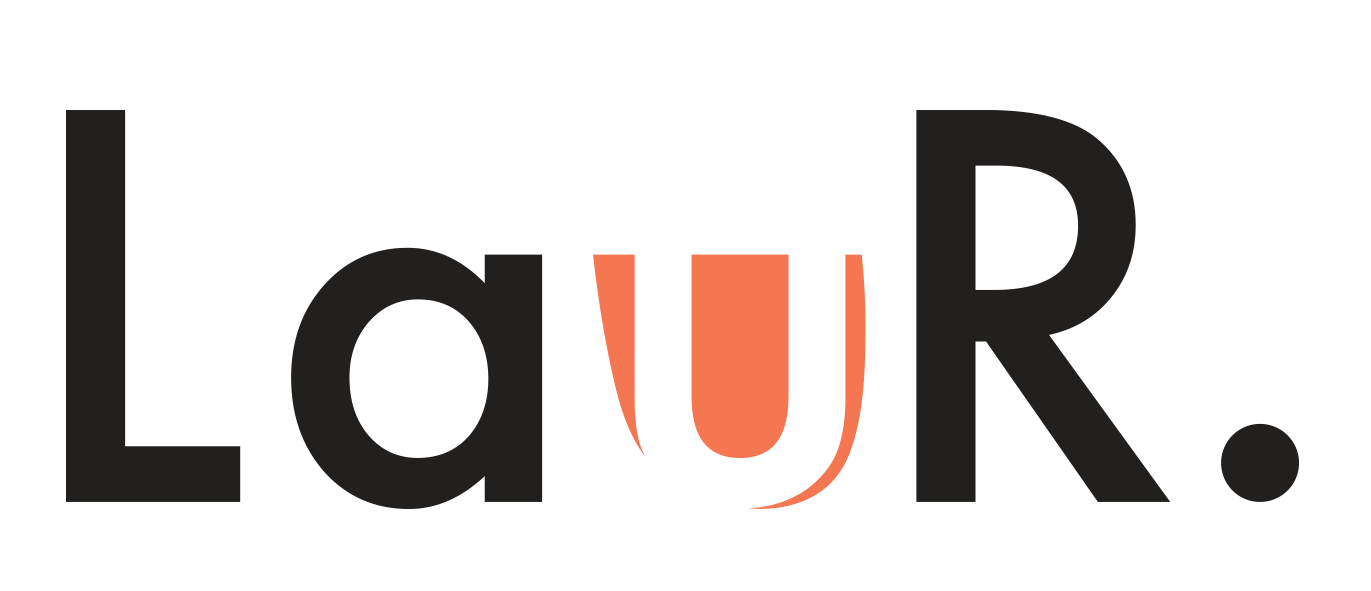Assisting ADHD Folks with Executive Functioning
Creating a Task and Thought Management App for the ADHD Community
Overview
Executive functioning, the brain’s ability to prioritize and manage thoughts and actions, does not come naturally for everyone. Particularly in folks with ADHD, it can be challenging to plan, remember, and carry out tasks, as they do not have a typical concept of time.
The problem is, individuals who have issues with executive functioning may have difficulties completing tasks or may forget important things, causing professional and personal problems.
Folkus is a mobile platform targeting the ADHD community, combining time and task management in a user-friendly way to increase productivity and decrease stress.
My Role
Researched pain points and needs of ADHD individuals
Ideated and tested concepts that would appeal to the ADHD brain
Created relevant branding based on research studies in psychology
Developed UI Design to bring concepts to life
Assumptions
Individuals with ADHD will abandon an app that takes too long to figure out
Individuals with ADHD are easily distracted, leading to extreme procrastination
How might we stimulate productivity in ADHD users and reduce feelings of overwhelm?
The Research
Goals
Understand how ADHD impacts productivity
Uncover pain points and motivations of users with ADHD
Learn best practices for task management, designing for the ADHD brain
Competitive Analysis
Contenders in the time and task management space include Forest, Evernote, Remember the Milk, and Focus Keeper. Evernote and Remember the Milk provide ways to manage your to-do list, while apps like Forest and Focus Keeper use timers and “rewards” to get the task done. None of these explicitly mention being tools for ADHD, but were recommended by the ADHD community on Reddit.
User Quotes with Popular Mentions
“EVERNOTE: Hands-down the number 1 most important app ever. Get it. Learn it. Love it. Seriously. I have no idea how I kept my life organized before I discovered Evernote.”
“YES I love Forest! It's one of my fav apps for managing ADHD symptoms. I've been using it all day for studying!”
Understanding the ADHD Brain - Secondary Research
We’re not talking about your average time management app here. This time management app has to speak to users with a specific medical condition that effects one’s very own concept of time itself! So let’s get our facts straight from the experts.
One key element that sets the ADHD brain apart from the neurotypical brain - dopamine.
ADHD is associated with abnormally low levels of dopamine, a neurotransmitter responsible for our mood and the reward system in our brains that drives motivation.
Here’s how dopamine deficiency affects productivity:
Sources: Additude Mag, Addept.org, Chadd.org
Understanding the ADHD Brain - 1:1 Interviews
Goals:
Understand how individuals with ADHD approach their daily tasks
Uncover time management pain points
(3 males and 3 females, ages 18-40 were interviewed via Zoom)
Findings
Tasks with no deadlines are the most challenging as it requires self-focus and no immediate reward (“Not Now” vs “Now”)
In addition to phone usage, participants expressed being distracted by people chatting with them and their own internal thoughts
Anxiety is prevalent in most participants, as a reason to either complete task or avoid task
Planning out goals and breaking them down into smaller tasks is a successful method for 4/6 participants
Biggest motivation to get tasks done: Positive reinforcement & high reward
Common time management resources used: sticky notes, Google Calendar, pen & paper checklist, reminders on phone
Persona
Daniel is a millennial who was diagnosed with ADHD later in life. He struggles keeping up with his day-to-day and typically gets overwhelmed with responsibilities, to the point where he shuts down. He knows this isn’t a sustainable way to live and wants to manage his thoughts and time better so he can have a shot at a promotion at work.
Storyboarding Daniel’s Day
Ideation
Features
Based on the research, the following features were narrowed down for Folkus’ mvp:
o Checklist to record and keep track of daily tasks
Since most interview participants use sticky notes or an old fashioned pen and paper checklist, a simple checklist is the easiest transition to digital as users get comfortable with Folkus
Each time users cross something off their list, they receive a jolt of dopamine and motivation to continue, entering a steady work flow
Selecting task size when adding task helps users prioritize tasks for the day
o Subtask drawer with timer option to work in blocked times
Breaking projects down into smaller tasks is a successful method for 4/6 interview participants and a proven method for productivity
More tasks to check off = more rewarding moments
Timer provides users with a time-frame and deadline, useful for tasks that otherwise require self-focus, creating sense of urgency (increase in adrenaline, increase in dopamine)
o Space for thoughts
Interview participants reported their own internal thoughts as a major source of distraction and anxiety
Writing thoughts down as they come about allows ADHD users to clear their mind and focus better
Writing thoughts down removes personal attachment to the thought. They can get it out of their head and onto their device so they can move on and get back to work
Allows ADHD user to slow down and process their thoughts and emotions, avoiding feelings of overwhelm
Wireframes
Wireframes were created with multiple versions of a feature, and then presented to potential users with ADHD for feedback.
Sign Up/Log In
Version 1: Onboarding steps come before log-in/sign-up
Version 2: Onboarding steps come after log-in/sign-up
Participants preferred Version 1 so they’d be more motivated to read through the steps
To-Do List
Version 1: To-do list is on one page, can be expanded for sub-steps
Version 2: To-do list opens separate page for sub-steps and timer
Participants would like to see some combination of the two versions
UI Design - Designing for ADHD
I delved into more research to understand best practices for inclusive design for our ADHD users.
In her paper, “Designing for ADHD: in search of guidelines,” Lorna Knight advises the following tips:
Provide a ‘calm’ environment, neat and uncluttered, with soothing colors.
Provide a high-reinforcement environment – reward good behavior and completion of all tasks that are asked, using positive language
Distinguish important information by putting it in bold or color. Signpost sections and group related information into panels
Use large print and a clear sans-serif font such as Arial
Avoid having dynamic or moving images on the site
Minimize surprises
Selecting Colors
Colors were chosen for the psychological effects they have on productivity and mental stimulation, to help guide our ADHD friends who can be particularly sensitive to colors.
Blue: Stimulates the mind while also providing calming effects
Yellow/Orange: Boosts energy, creativity, and memory function. Used more sparingly as not to overstimulate
Green: Relaxing, calming, will not cause eye fatigue
The Logo
First iterations of the logo played on the idea of a calming workplace that incorporates greenery with plants, but it didn’t feel fitting, unique, or bold enough.
The wordmark was created to keep it simple, broken into two lines to enhance the play on words, while making it more readable for users.
Onboarding
To-Do List
The To-Do list for the day is the default page once users are logged in
Adding New Task
Best practices when designing for ADHD is to break information down into separate pages, as opposed to having a lot of information on one page. The process for adding a task, therefore, is broken down into small steps so our users stay focused.
Drop the Thought
The Thoughts page is designed for users to get any distracting thought out of their head simply and quickly. Drop the thought, get back to work, and come back later to process and organize it.
Testing the Prototype
Findings
Participants felt engaged throughout task-adding process
2/3 participants were confused by t-shirt task size
Participants liked Quick Add option on date step
2/3 participants suggested adding Quick Add option to add task
Next Steps
Keep testing and iterating on existing product
Incorporate community aspect with social feed feature
Social feed to be unlocked once tasks are completed for the day. This not only keeps users from being distracted by it during the day, but also serves as a reward for completing their to-do list
Prompt of the Day helps spark conversation within the community
Takeaways
Research has your back when defending your decisions
Keeping it simple while staying engaging was my main goal for the design. When questions of simplicity came up, I referred to back to the research to prove this is what our ADHD users need.
Inclusive guidelines should always be considered
Even when not designing an ADHD-specific product, developing empathy for our users should mean deep consideration that 1.2 billion people consider themselves neurodiverse.
Fin.


